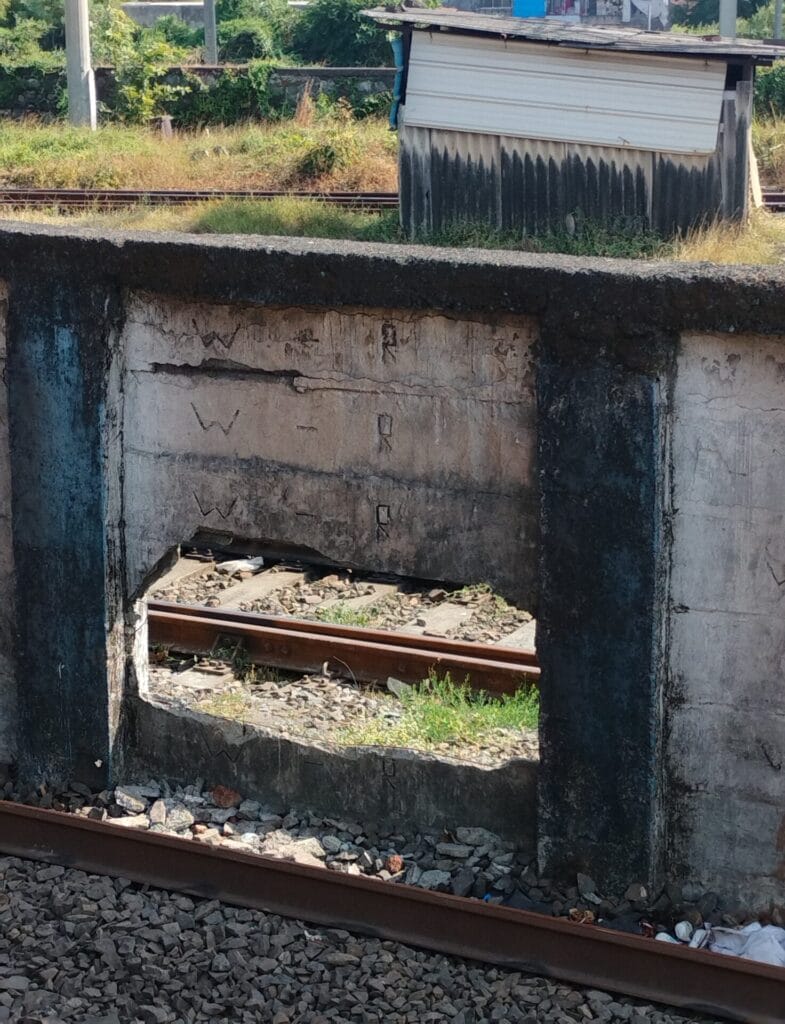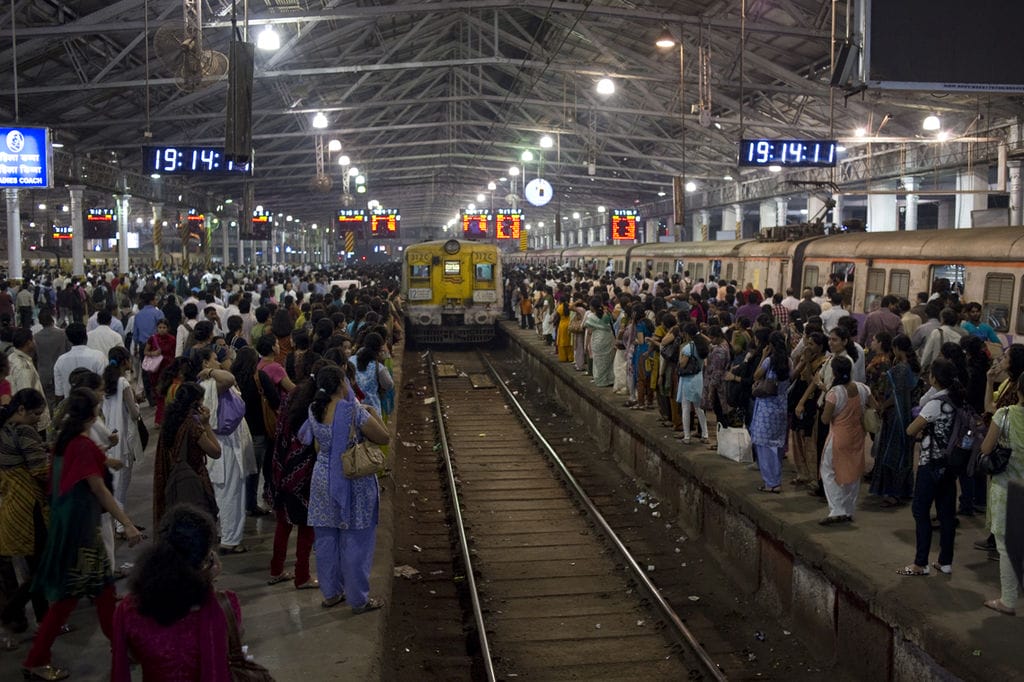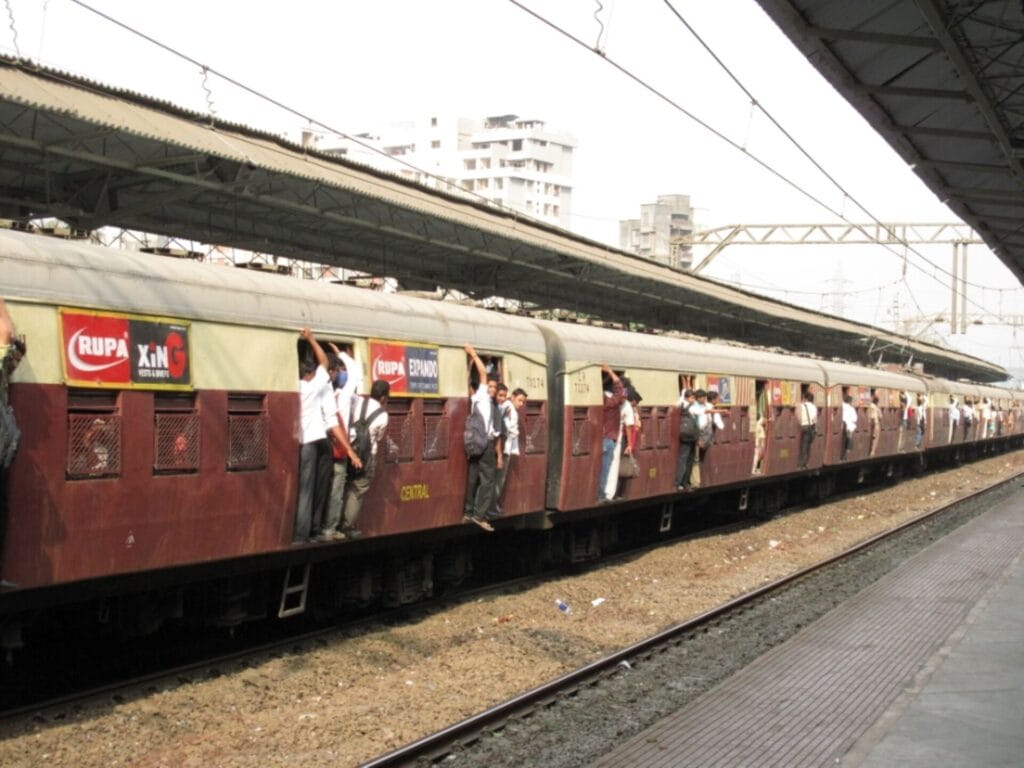On 22nd January at around 9.00 pm, three employees of Western Railway, Vasu Mitra, Somnath Lambture, and Sachin Wankhede were mowed down by a train as they were attending to a point failure on the railway track between Vasai and Nalasopara. The repair work was almost completed, when a fourth employee, who was deputed to signal the arrival of a train was sent to Vasai station to bring some tools, thus leaving them oblivious to the train approaching them, says one Vasai Road Railway Police official.
This accident comes close on the heels of a report released by the GRP (Government Railway Police) containing the number of deaths that have occurred in 2023 on railway premises, including platforms, trains, and tracks. A total of 2,590 people died last year with 1,650 on the Central Railway and 940 on the Western Railway.
This number includes deaths by crossing the tracks, falling off trains, natural causes, falling in the gap between the platform and the train, suicides, and getting electrocuted while travelling on top of the train. (13 deaths have occurred due to undetermined causes.)
The maximum deaths occurred due to crossing of railway tracks, the highest figures for which have been reported from Thane on the central line (179), and Borivali on the western (154).
Unsafe railway track crossing
Borivali is also one of the busiest stations on the western line. It has 10 platforms and five foot-over bridges. In addition to local trains, outbound trains depart from platforms 6 and 8, and arrive at platforms 7 and 8. Platforms 1, 2, and 3 are built in continuity like one long platform. So, a person who is at the very end of platform number 1, and wants to go to platform number 8, will have to walk approximately for a kilometre. During the peak hours of morning and evening, a bottleneck is also created at the junction of platforms 1,2, and 3. These challenges may prompt people to cross tracks.
The presence of informal settlements along the railway tracks adds to the risk of accidents. An official from the GRP said, “People are staying within the protective walls, on railway property. Wherever there are dead tracks, they even sit in groups and drink.” This is particularly true between Borivali and Kandivali.

All the officials that Citizen Matters spoke to, expressed concern over how people break the protective walls built by the railway, creating a gap through which they can cross to the other side. One officer said, “We build the wall in the morning and by evening, a gap appears in it. If the barriers are made of metal, they bend it to create a gap.”
It is not possible for the railways to monitor the entire stretch of the protective wall at all times, and CCTVs are present only at certain places. Although the railway has tried to build protective walls on both sides, in some places where there is work happening on tracks the wall is absent to provide access to workers to enter.
According to an inspector at Borivali Railway Police Station, the number could be greater because a higher number of stations come under their jurisdiction: Dahisar, Borivali, Kandivali, Malad and Goregaon. He further said that on an average, one accident occurs per day between Dahisar and Jogeshwari.
Read more: Emergency medical rooms at every railway station will save lives say passengers
One of the reasons for people crossing tracks, particularly beyond Borivali, is the fact that the distance between stations is much longer than between those closer to Churchgate, averaging at 5 kilometres.
The gaps between stations become longer beyond Virar. There are just nine stations between Virar and Dahanu Road which is a stretch of 63 kilometres, and in comparison to that there are 28 stations built between the 60 kilometre expanse from Churchgate to Virar.
Sometimes people jump across tracks when there is a last minute announcement that the train they intend to board is coming on another platform. The Station Superintendent at Vasai Road Railway Station, Atul Srivastava, explained that it’s done to maintain the flow of trains in case of a technical issue. He emphasised it does not happen that often and more importantly, even if people miss that train, the next one arrives a few minutes later.
But for the time-strapped Mumbaikar, those few minutes matter, and people run across tracks to catch their regular locals.
Overcrowding, a major cause of railway accidents
Vasai Road Railway Police station has the maximum number of deaths reported due to falling off trains in 2023. The crowds in Virar bound trains are legendary in Mumbai, meant for the bravest of the brave who have no other option but to enter them during peak hours.
One of the reasons for dense population in Vasai could be that real estate is cheaper in areas like Nalasopara and Virar.
So a lot of people, who come to Mumbai to make a living, stay there. Consequently, the number of people in trains is also more. Trains have passengers far beyond their capacity during the rush hour, leading people to hang precariously at the footboard. A little push here and there or a jerk of the train may cause them to lose their grip and fall.
On the other hand, there are those thrill seekers, who swing themselves from the footboard, even when there is no crowd, adding to the count of accidental deaths.
The PRO of Western Railway, Anubhav Saxena said that the railway is doing everything it can to prevent accidents including fencing off tracks with walls on both sides, and making announcements warning people about the dangers of crossing tracks.
Limited measures, unlimited crowds
A major railway accident is followed by announcement of measures and plans to prevent a repetition of the same, but implementation is another thing. For instance, after 23 people died in the stampede on the bridge at Elphinstone Road station (now, Prabhadevi), the railway formed multi-disciplinary teams, who presented recommendations to make infrastructure safer. However, implementation of the suggestions leaves a lot to be desired.
Activists have been voicing their opinion that the best solution to the problem of people falling off trains is to have close-door trains. Atul Srivastava says that the railway is planning to run only close door railway trains in Mumbai from 2025.
The railway is taking up measures to prevent fatalities, especially due to crossing of tracks. They have built more foot over bridges and subways. They try to cover the sides of the tracks with walls, and there are announcements over the PA system warning people of the danger of crossing tracks and exhorting them to use the bridges.
Another cause of railway accidents is the gap between the train and the platform. Many passengers have lost their lives or sustained serious injuries while attempting to catch a moving train. Reducing the gap will also benefit senior citizens or the disabled.
There are escalators in some places, as well as elevators at some stations, the latter meant for the use of senior citizens and disabled people, but unfortunately they are used by everyone.

City planning to prevent railway accidents
All these measures are falling short because of the increasing number of passengers. The infrastructure is just not enough to cope with the crowds. According to a report released by Mumbai Railway Vikas Corporation Ltd (MRVC), Mumbai’s suburban railway system ferries more than 80 lakh passengers on a weekday.
More than 22 lakh commuters travel in the peak direction between 7:00 am and 11:30 am or between 4:00 pm and 8:30 pm on the three suburban railway lines. In Churchgate bound trains, the crowd peaks at 2,99,318 between 9.00 am and 10.00 am distributed over 69 trains, including slow and fast locals. While the highest crowd is seen in down trains from 7.00 pm and 8.00 pm reaching 2,74,862 distributed in 62 trains.
These numbers are a clear indication of the pressure on Mumbai’s suburban railway system. The introduction of close door trains may be a beginning to solve these problems, but a new overall vision is needed to bring about systemic changes.
For instance, one of the railway officials questioned why more offices are not opening up beyond Borivali, thus preventing overcrowding in Virar-bound trains. These changes will have to come not just from the railways but from better planning for Mumbai in every way.
| In case you witness a railway accident or need help during one, the railway has an integrated helpline number. It is 139 with 6 as the extension for accident information. 138 is the number for passenger helpline. 182 is the helpline number for women. |
| The Mumbai suburban railway system is a mammoth organisation, often called the lifeline of Mumbai, and the passengers who use this service are some of the best judges of the efficacy of the running of the railways. So, what do you think can be done to reduce deaths in railways? Write to us with your suggestions at mumbai@citizenmatters.in. |
